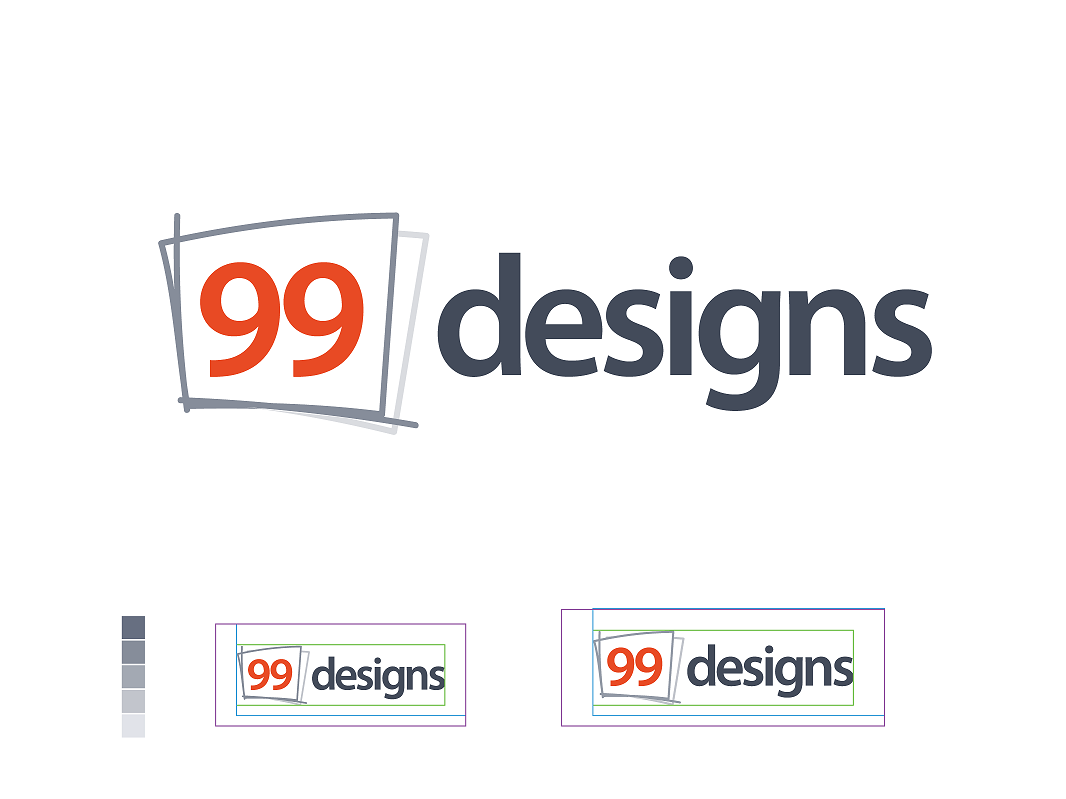We got our logo designed using 99designs. I’ll be honest here: when we set out to get a logo designed, we had no idea about how and where to start from. We had some brief ideas regarding the color combination, typography, and other preferences, and about what we wanted our logo to convey, but knew from the outset that without a defined concept, it would be hard for us to decide on that perfect logo. We had our reservations when it came to hiring an individual freelancer or a logo design company; we needed options, and lots of them.
Why 99designs?
Working with a single person or company for any type of design work, especially when you haven’t had a chance to work with them before and so really have no way to judge the quality of work that you could except to get, can have you running around in circles. And, what happens when you just don’t like their approach towards the design, when you feel that they don’t catch the drift when it comes to your vision for the logo? That’s the thing with designs – either you like them, or you don’t – there’s no in-between. So, instead of taking the conventional path for logo designs, we decided to look around for other open alternatives, something that would give us options to select from, without compromising on the quality of work when it came to designing the logo for our website. That’s where 99designs came in.
Process:
Starting a design contest proved to be fairly straightforward – we had to fill in a design brief, which included details about our website, our preferences, and our target audience, among other details. We then had the option to select from a few privacy options and contest features, which would serve to enhance the quality and number of the designs submitted for our contest. Finally, we had to decide on a contest prize and pay for the same. Our contest was posted, and we bid our time waiting for designs to come in. And they did, and how so. New designs were getting submitted literally almost every hour, and we had a hard time keeping up with them – rating and/or providing feedback for the designs. Managing the contest – including contacting and inviting more designers to participate in the contest, eliminating irrelevant contest entries, posting public and private feedback for designers – proved to be a full-time job in itself.
Results:
When the contest came to an end, we had received over 500 designs from 120 designers within a span of 7 days – which was way beyond our expectations. It was no less arduous shifting through all of the designs, and shortlisting the ones that we liked, but we finally decided to go with the neat logo shown below, for GenCrowd. In the end, was it all worth the effort? We would like to think it was, and then some.
A few tips to keep in mind when using 99designs (or any other design contest service):
- Define your project clearly; write a detailed and informative brief – refer to other contest briefs, if available.
- Make your contest “Blind” at the very least, so as to ensure original design submissions from designers.
- Price your contest competitively, and make it “Guaranteed” for better quality submissions.
- Stay active in your contest, i.e. rate and/or provide feedback for the submitted designs as frequently as possible.
- After you have selected the winning design, make sure to get the contact details of the designer for further revisions/changes, if needed.













